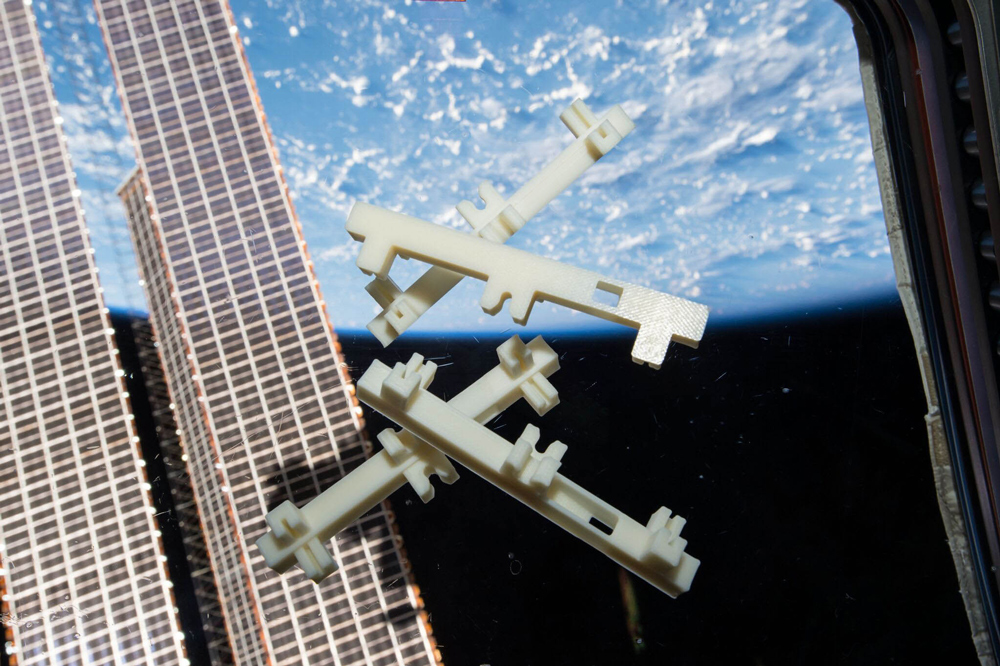Exponential technologies are enabling disruptions at an unprecedented rate – so get ready for everything to look different in a quarter century.
It’s a routinely deployed adjective for companies spruiking their new technologies, but ‘disruptive’, in the context of innovation, is hundreds of years old, said David Roberts, a serial entrepreneur who has held numerous roles at Singularity University, including vice-president.
He said disruption, which has only been studied in the past couple of decades, can be seen in the spice trade. At one point spices were more valuable than gold, so prized were they in making not-so-fresh meat palatable. Ice then replaced spice, with advances in insulation ending the spice trade. None in the ice business saw refrigeration coming, or at least none bothered to transition to this new technology. The result? Disruption.
“We need to be careful about using those two words together, because innovation and disruption are two completely different things,” Roberts said.
“Innovation is making existing things better, and big companies are generally very good at that. Disruption is when you do new things that make old things obsolete.”
As for what will disrupt the refrigeration industry? Roberts, who is Chairman at UAV services company HaloDrop, believes it will be drone delivery.
Inspired by Edison
Robert’s resume is long and varied. He is currently chair of 1Qbit, a quantum computing software company, Distinguished Faculty at Singularity University, and a current adviser to off-planet 3D printing company Made In Space. He is also a former special agent.
According to an interview with the podcast Pensive, the MIT computer science and engineering graduate and Harvard MBA was inspired after reading a quote about Thomas Edison inventing the lightbulb (he did so along with others, of course) and contributing more to humanity than any politician.
“It stayed with me for a very long time and it changed my life,” he said.
“I really could trace it back to just that idea.”
A passion for high-impact technology took him to Singularity University, the northern Californian-headquartered think tank and business incubator founded by Ray Kurzweil and Peter Diamandis. Unsurprisingly, Roberts shares the founders’ techno-utopian streak. He suggested the industries to be disrupted, every single one, within 25 years, will surprise us all.
He cites Made In Space, which came out of the university and whose machine printed a wrench from a CAD file emailed to the International Space Station in 2014.
“Made In Space now doesn’t focus on building printers, obviously, for space stations, because that’s a market of one and they already did it,” he said.
“They are really looking now at using 3D printers to build gigantic things in space. We will be able to manufacture all kinds of stuff in space, and 10,000 years from now the 3D printing of the first object in space, I think, will become one of the most significant things that humankind ever did because pretty much everything will just get built in space.”

Increased lifespan
Besides 3D printing and computation, Roberts believes another area improving at an exponential rate, and which will dazzle us all, is what gene engineering guru Craig Venter calls “the digitisation of biology”.
Roberts believes this field is one of the least-expected developments of the past 20 years, with massive implications for the lives of everyone. He goes as far as saying the average human lifespan will increase by a year, every year.
The idea, shared by some of the more optimistic individuals in the singularity community, that ageing may be a disease could be the most significant change experienced this century, he said.
“I have no doubt about that and it may not happen with us, but our children will definitely live forever or live a very, very long time,” Roberts said.
“Because shortly after the first person reaches 200, probably 20 years later is the person who will reach a thousand because it’s exponential and so it creates a very interesting future for us.”
So even though we are no longer rendering fleets of ships loaded with spice or ice obsolete, Roberts feels the engineers of tomorrow will have the tools to disrupt just about anything.
“In the past 20 years we got the internet and we got the cell phone and the smartphone, and it changed everything,” he said.
“And in the next 20 years we’re not going to get just a few things. We’ll get five or 10 or 20 things of that magnitude.”
Let us count the ways
Roberts believes there are at least half a dozen types of disruption. How the term, first explained by Harvard Business School Professor Clayton Christensen, is understood differs from person to person. Roberts differs from Christensen, for whom he has “enormous respect”, on some points. Here are three strains of disruption that Roberts and others define:
- Digital disruption: A physical piece of technology is replaced by a digital one. An example is a radio receiver being made obsolete by scanner apps available on a smartphone.
- Platform disruption: A new structure that can enable multiple different products built off of it. An example is Uber, which has enabled different products such as Uber Eats, UberSKI and Uber Angel. The latter, available in Bogota, Colombia provides a service of returning both a pub-goer and their car home at the push of a button.
- Low-end disruption: A cheaper version of an existing product (or platform) is released. Roberts cites Tesla’s Model 3.